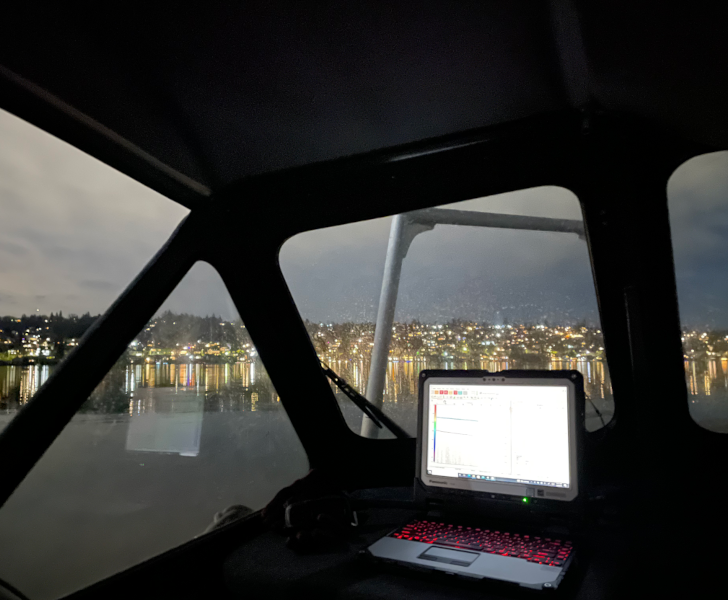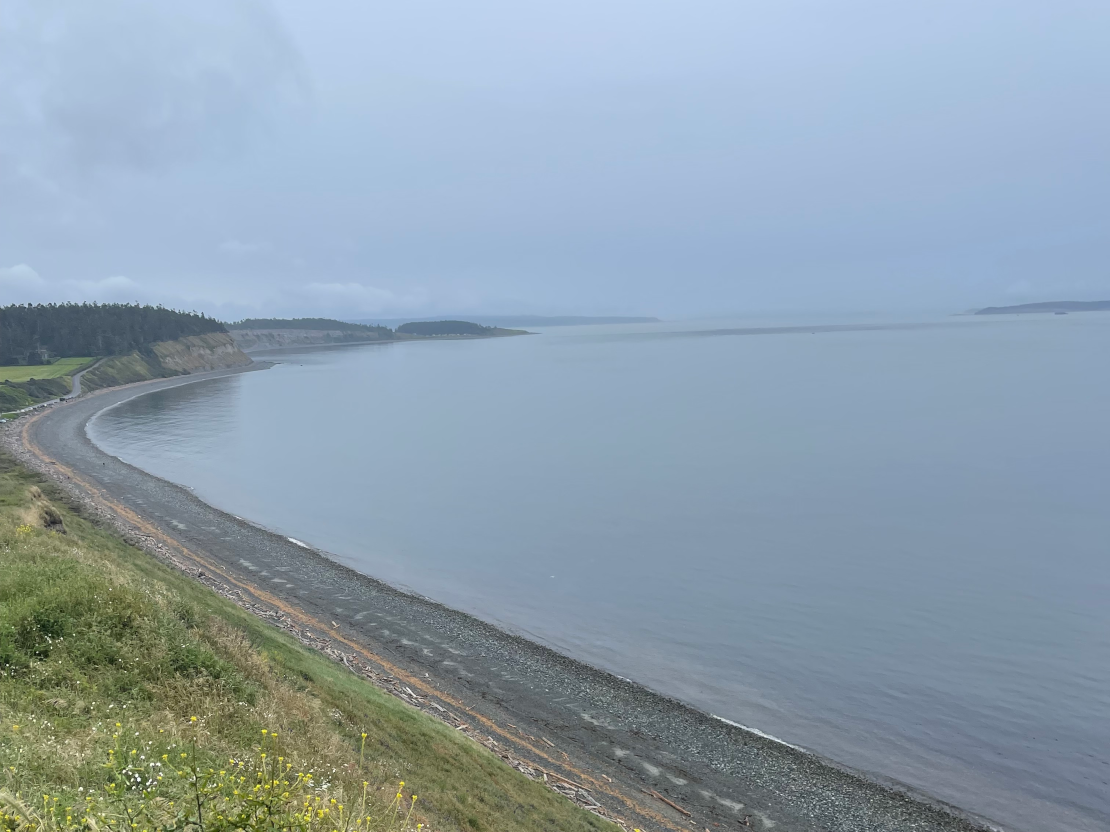Artificial Light at Night Effects on Predation Risk in Lake Washington
Salmon and their predators are primarily visual feeders Juvenile sockeye salmon undergo diel vertical migrations to balance foraging opportunities with risk of predation. These vertical migrations have been correlated with changing light levels, suggesting that juvenile salmon ascend and descend to maintain a constant light environment. Artificial light at night (ALAN) disrupts natural light cycles by extending low-light conditions, increasing nocturnal light levels, and obscuring seasonal light fluctuations. As ALAN increases in urban watersheds, even a small shift in pelagic light level could create large changes in fish distribution, behavior, and foraging vulnerability. How does juvenile salmon depth distribution and behavior respond to daily, lunar, and seasonal changes in light? How do these prolonged low light conditions influence the risk of predation?
Learn More...
Using an empirical and agent-based simulation model to quantify probabilities of fish and tidal turbine encounters and collisions
Probabilistic empirical and agent-based simulation models are analytical tools used for environmental monitoring at Marine Renewable Energy sites. These models estimate potential encounters and impacts between Pacific herring (Clupea pallasii) and axial and cross-flow tidal turbine devices in Admiralty Inlet, Puget Sound, WA. Potential impacts of tidal turbines on fish include collision with stationary structures of a turbine and/or blade strikes by rotating turbine blades. Accurate estimates of potential encounter and collision risks are needed to influence Marine Renewable Energy monitoring requirements and operational regulations.
Learn More...